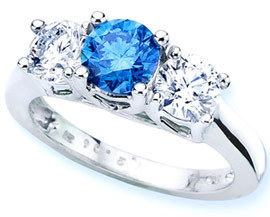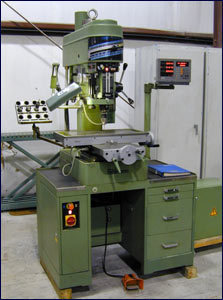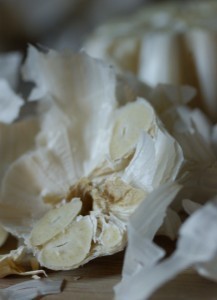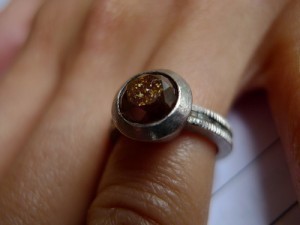Diamond Sizes
There is more fact than fiction in the story that  Superman was able to turn a lump of coal into a piece of diamond by squeezing it with his super strength while heating it up with his powerful heat vision. In real life, Mother Nature creates diamonds at least 150 kilometers deep within the Earth’s crust where the weight of millions of tons of rock and soil create the high pressure and temperature needed to fuse carbon elements into a dense crystalline substance that is known as the “King of Gemstones.” As the world’s hardest substance of peerless beauty, the diamond symbolizes today durability, wealth and commitment. Set in gold, silver and other precious metals, diamonds adorned scepters and crowns of royalty. These valuable gemstones are also used up to this day in betrothal rings to symbolize the enduring strength of the union of lovers. Diamonds were used in the olden days as accents in golden jewelries because they were typically small—measuring not more than 1 millimeter across. But as new faceting techniques were developed, diamond sizes had become larger and became the primary adornment in jewelry.
Superman was able to turn a lump of coal into a piece of diamond by squeezing it with his super strength while heating it up with his powerful heat vision. In real life, Mother Nature creates diamonds at least 150 kilometers deep within the Earth’s crust where the weight of millions of tons of rock and soil create the high pressure and temperature needed to fuse carbon elements into a dense crystalline substance that is known as the “King of Gemstones.” As the world’s hardest substance of peerless beauty, the diamond symbolizes today durability, wealth and commitment. Set in gold, silver and other precious metals, diamonds adorned scepters and crowns of royalty. These valuable gemstones are also used up to this day in betrothal rings to symbolize the enduring strength of the union of lovers. Diamonds were used in the olden days as accents in golden jewelries because they were typically small—measuring not more than 1 millimeter across. But as new faceting techniques were developed, diamond sizes had become larger and became the primary adornment in jewelry.
In time, the yellow gold setting was replaced by other precious metals such as silver, white gold and platinum because these complemented the brilliance and fire of colorless diamonds. Diamond sizes are normally expressed in carats, which is equivalent to two hundred milligrams or one-fifth of a gram. Nevertheless, if a diamond weighs less than a carat, its size is expressed in terms of “points,” where 1 point is equivalent to one hundredths of a carat and expressed as 0.01 carat.
While diamonds are priced on a per carat basis, such price relates to diamond sizes. This means that a larger diamond, which is more rare, commands a higher price per carat than a small diamond, which is more common. Taken in this context, the carat price relationship of diamonds is not linear but rather exponential. To illustrate this point, if a one-carat diamond is priced at $5,000 for instance, it does not follow that a two-carat diamond of the same grade would be priced at $10,000 or twice the amount of a one-carat diamond stone. In this case, the heavier diamond could be priced at, say, $7,500 per carat or $15,000 for the whole two-carat stone. To illustrate further, if a one-carat diamond is priced at $5,000 and a two-carat stone at $7,500 per carat, then the price of a three-carat diamond of a comparable grade could be in the vicinity of $10,000 per carat. Because of this, if you are on a budget and are looking for an affordable diamond engagement ring for your loved one, your best choice is a multiple diamond stone setting rather than one with a single large diamond, which would have a considerably higher price tag.





